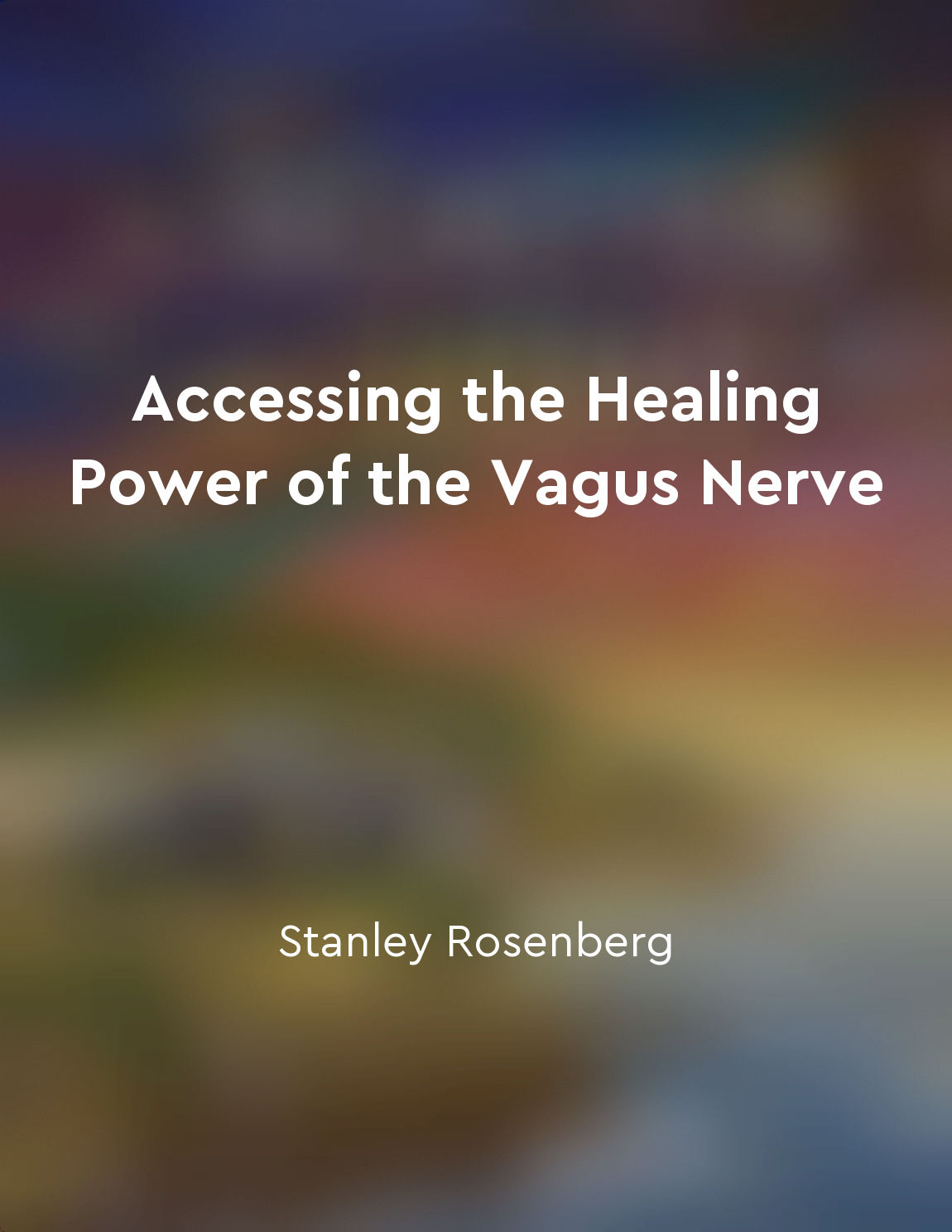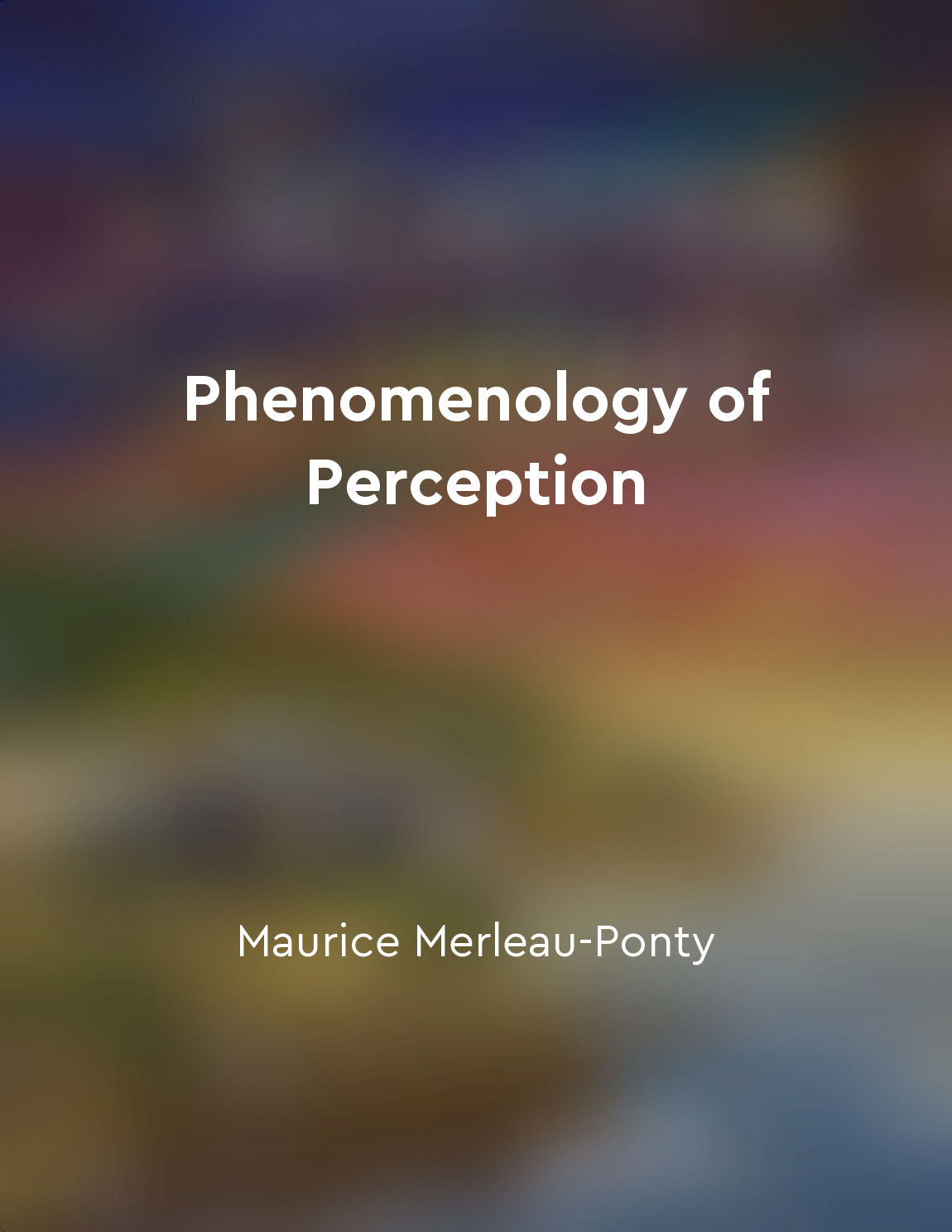Phantom limbs are a common phenomenon in amputees from "summary" of Phantoms in the Brain by V. S. Ramachandran
Phantom limbs are a common phenomenon among amputees. These individuals often report feeling sensations in their missing limbs, such as itching, tingling, or pain. The experience of phantom limbs can be quite vivid and realistic, leading some amputees to believe that their limb is still attached to their body. This can be both confusing and distressing for those affected. One possible explanation for phantom limbs is that the brain continues to receive signals from the nerves that used to innervate the missing limb. These signals are then misinterpreted by the brain, leading to the sensation of a phantom limb. In some cases, the brain may even rewire itself to accommodate the loss of the limb, creating new connections that give rise to phantom sensations. Interestingly, not all amputees experience phantom limbs in the same way. Some may feel as though their missing limb is stuck in a particular position, while others may sense movement or even pain in the phantom limb. The variability in how phantom limbs are experienced suggests that there may be different mechanisms at play in different individuals. Research on phantom limbs has led to some fascinating insights into the workings of the brain. For example, studies have shown that the sensory and motor areas of the brain that used to correspond to the missing limb can become activated when an amputee experiences phantom sensations. This suggests that the brain is capable of reorganizing itself in response to changes in the body.- The phenomenon of phantom limbs highlights the complexity of the brain and its ability to adapt to new circumstances. By studying how the brain generates these sensations, researchers hope to gain a better understanding of both normal brain function and conditions such as chronic pain.
Similar Posts

The impact of neurological disorders on everyday life
Neurological disorders have a profound impact on the lives of those who suffer from them. These disorders can manifest in a var...

Developing a sense of selfcompassion can benefit the vagus nerve
When we talk about self-compassion, we are referring to the ability to treat ourselves with kindness, understanding, and care. ...
Cultural and social factors shape individual conscious experiences in profound ways
Conscious experience is not solely a product of individual cognition; it is intricately woven into the fabric of cultural and s...
Improve your communication skills through understanding nonverbal cues
To truly excel in communication, it is important to pay close attention to the nonverbal cues that others are giving off. These...

Our perception is shaped by our bodily experiences
Merleau-Ponty emphasises the crucial role that our bodily experiences play in shaping our perception of the world. He argues th...
The goal of trauma therapy is to help clients feel in control of their bodies
The essence of trauma therapy is to empower individuals to regain a sense of control over their bodies. Trauma often leaves peo...

The book delves into the intricate connections between brain function and behavior
The intricate connections between brain function and behavior are explored in detail throughout the book. The author delves int...

Capgras syndrome causes a disconnect between recognition and emotion
Capgras syndrome is a peculiar neurological condition in which patients recognize familiar people but feel no emotional connect...

